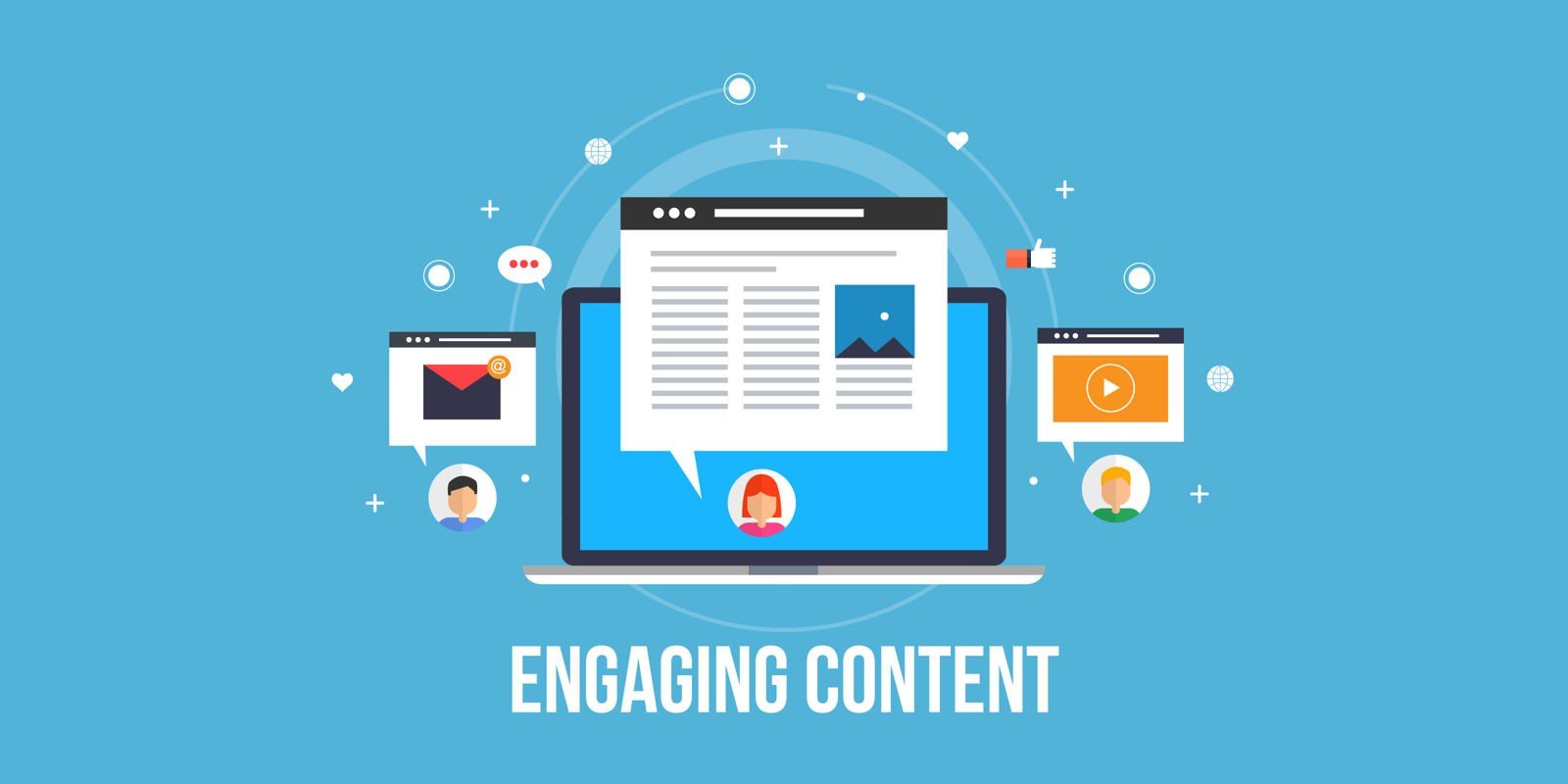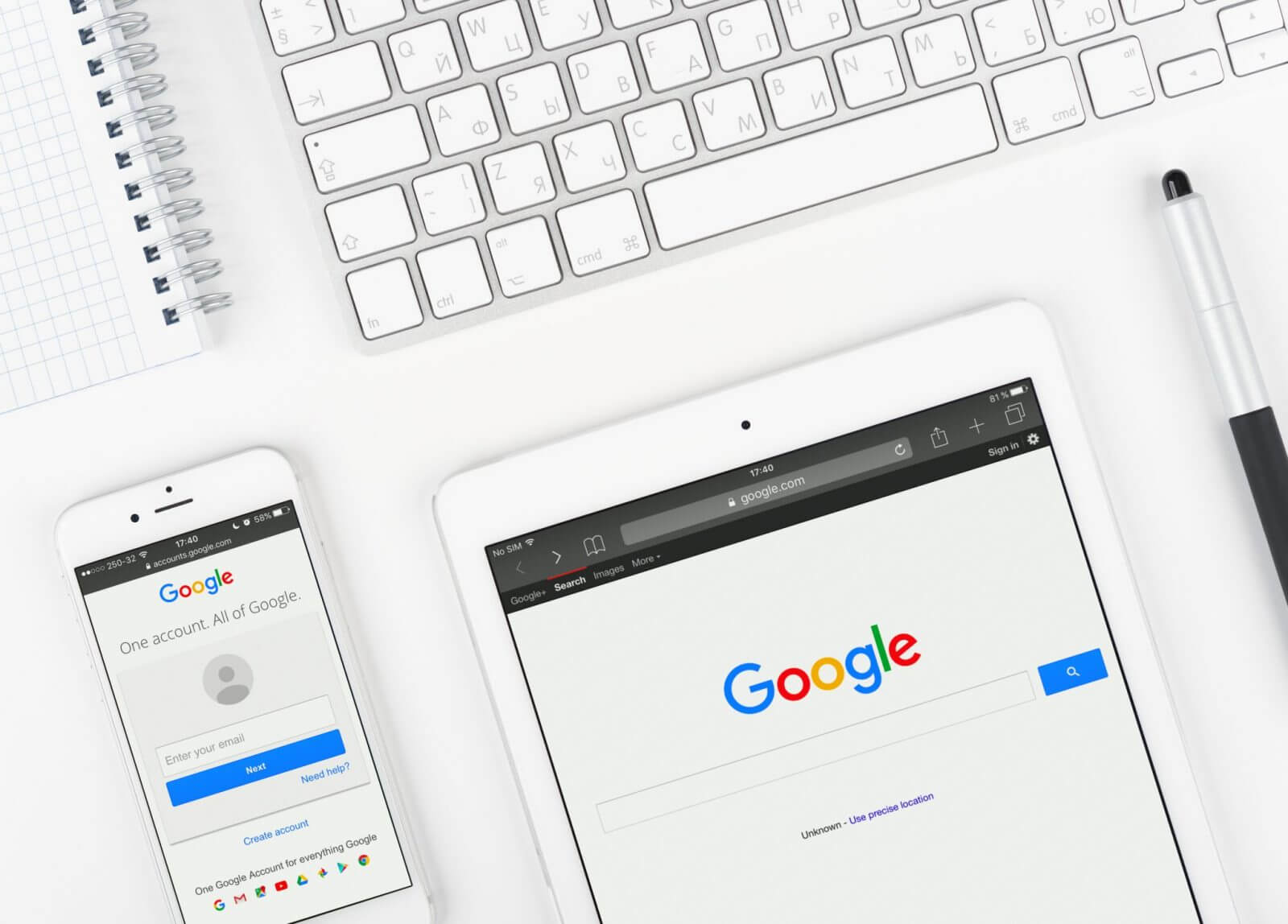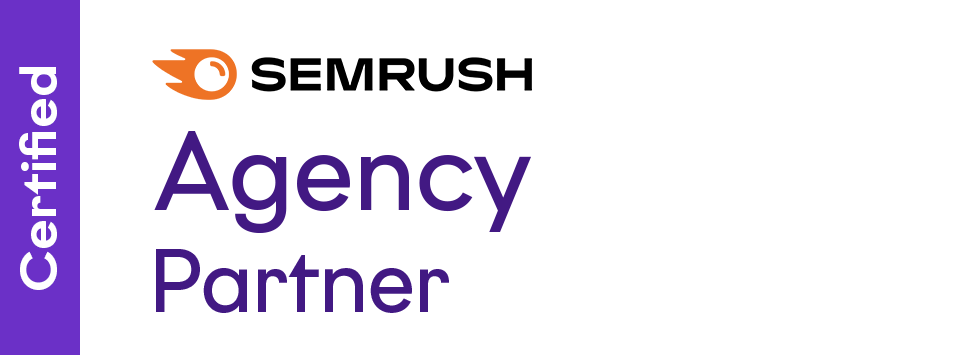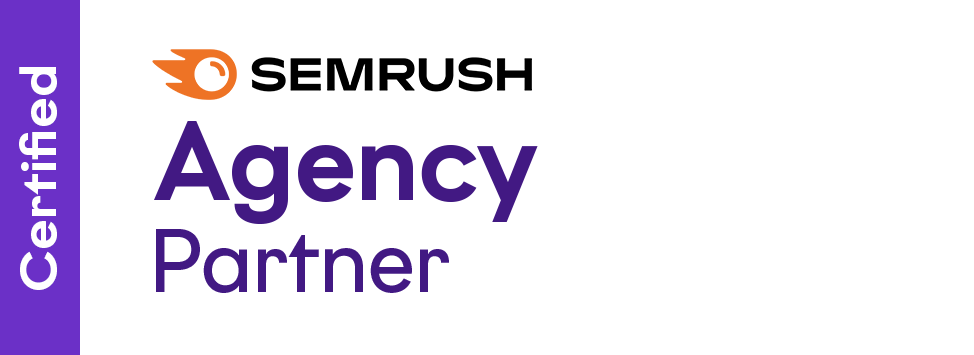In the digital marketplace, the significance of a Call-to-Action (CTA) cannot be overstated. As a pivotal component in website conversion architecture, a well-crafted CTA is a guidepost, leading potential customers through the journey from interest to action. This blog post delves into effective CTA design and implementation nuances to enhance your website’s conversion potential.
What is a CTA?
A Call to Action (CTA) is a prompt or instruction designed to elicit an immediate response or encourage an immediate sale from the audience. It usually includes a button, link, or clear directive in marketing materials and websites. The purpose of a CTA is to persuade the audience to take a specific action that aligns with the objectives of the marketer or advertiser, such as making a purchase, signing up for a newsletter, downloading a document, or visiting a webpage.
CTAs are critical in converting visitors or readers into leads and customers. They guide users towards the next step in the engagement process, whether it’s learning more about a product or service, initiating contact, or completing a transaction. Effective CTAs are typically concise, visually striking, and convey a clear and compelling message highlighting the benefits of the proposed action.
Understanding the Role of CTAs
A Call-to-Action is more than just a button or a line of text; it is the culmination of your website’s persuasive efforts. At its core, a CTA is an invitation urging your visitors to take a specific action, be it subscribing to a newsletter, downloading a resource, or purchasing. The psychological impact here is profound; a well-placed CTA can influence decision-making, leveraging the principles of behavioural psychology to nudge users towards a desired outcome.
Best Practices For Your Call-To-Actions
Elements of an Effective Call-To-Action
- Visual Design: The CTA’s visual aspect is crucial. Select colours that stand out yet complement your website’s palette. Size matters, too; a CTA should be large enough to be noticed without overwhelming the page. Placement also plays a key role; strategically position your CTA where it is most likely to catch the user’s attention.
- Copywriting: The words you choose for your CTA can make or break its effectiveness. Use clear, actionable language that communicates exactly what you want the user to do, like “Download Now” or “Get Started.” Keep it concise; a lengthy CTA can dilute its impact.
- Value Proposition: Your CTA should articulate a clear benefit to the user. What will they gain by clicking? This could be access to exclusive content, a free trial, or a solution to a problem. Be explicit about the value you are offering.
- Urgency and Scarcity: Infuse your CTA with a sense of immediacy. Phrases like “Limited Time Offer” or “While Supplies Last” can create a sense of urgency that prompts quicker action from users.
Strategic Placement of CTAs
- Above vs. Below the Fold: CTAs placed above the fold are immediately visible without scrolling, which can be advantageous for capturing attention. However, placing a CTA below the fold might cater to more engaged users who have taken the time to read your content.
- On Landing Pages: The CTA on a landing page should be the focal point. Designing these pages with the CTA as the central element is essential, ensuring that all other content supports and leads towards this action point.
- Within Blog Content: Embedding CTAs contextually within blog posts can be highly effective. These CTAs should relate directly to the content and offer additional value, like a detailed guide or a related case study.
- On Homepage and Service Pages: Your homepage and service pages should guide users through their journey with strategically placed CTAs. These should align with the different stages of the user’s journey and be tailored to their specific needs at each point.
Personalization and Segmentation
- Tailoring CTAs: You can significantly increase their effectiveness by customizing CTAs based on user data like browsing history or demographics. Personalized CTAs resonate more strongly with users, as they feel more relevant and targeted.
- Segment-specific CTAs: Different segments of your audience have different needs. Segment-specific CTAs cater to these varied requirements, increasing conversion likelihood.
- A/B Testing: Regularly testing different versions of your CTAs in terms of design, placement, and wording is crucial. This helps in understanding what resonates best with your audience.
Buttons CTAs – Crafting Clickable Calls to Action
Button CTAs are a crucial element in guiding users towards desired actions. Their design and messaging play a key role in conversion rates. Here’s how to optimize button CTAs:
- Design for Visibility: The button should stand out visually. Use colors that contrast with your website’s color scheme to make the button pop. However, ensure it still aligns with your overall design aesthetics.
- Clear Action Words: Use action-oriented words like “Subscribe,” “Download,” “Learn More,” or “Join Now.” The text should be clear and concise, indicating exactly what will happen when clicked.
- Size and Shape Matters: The button size should be large enough to be noticeable but not so large that it disrupts the overall design. The shape should be familiar and comfortable for users – typically, rounded rectangles are preferred.
- Strategic Placement: Place your button CTA where it is most likely to be clicked. This could be near the top of a webpage, in the middle of a compelling piece of content, or at the end of an informative section.
- Responsive Design: Ensure the button looks good and functions well on all devices, particularly on mobile screens with limited space.
- Hover Effects and Animations: Adding subtle hover effects can make your button more interactive and prompt users to click. However, these should not be overdone to the point of distraction.
- Consistent Style Across Pages: Maintain consistency in your button CTA styles across different pages for a cohesive user experience.
Email CTAs – Capturing Attention in the Inbox
Email CTAs are critical in converting readers into customers directly from their inboxes. Here’s how to optimize them:
- Subject Line Synergy: Ensure your email subject line and CTA are aligned in message and tone. The subject line acts as the initial hook, while the CTA seals the deal.
- Clarity and Brevity: Due to the limited space and attention span in email reading, your CTA should be exceptionally clear and concise. Aim for action-inducing language that can be grasped at a glance.
- Strategic Placement: Place your CTA where it’s most likely to be clicked. Often, this is near the top of the email to catch immediate attention, but another CTA can be placed at the end for thorough readers.
- Mobile-Friendly Design: Given that many emails are read on mobile devices, ensure your CTA buttons are large enough to be easily tapped and are visually distinct from the rest of the email content.
- A/B Testing: Regularly test different CTAs in your emails to gauge which generates more clicks and conversions. Experiment with different wording, colors, and placements.
Web Page CTAs – Driving User Action on Your Site
Website CTAs are the backbone of your site’s conversion strategy. Here are key aspects to focus on:
- Homepage CTAs: These should be bold and clear, providing visitors with a direct path to the most important action you want them to take, whether it’s signing up, making a purchase, or learning more about your services.
- Product/Service Page CTAs: Tailor these CTAs to match the specific product or service offered. The language should be action-oriented, like “Buy Now,” “Get Started,” or “Request a Demo.”
- Blog Post CTAs: Use these to offer related content, subscriptions to your newsletter, or to promote products or services relevant to the blog topic.
- Footer CTAs: Often overlooked, footer CTAs are a last chance to engage users before they leave your site. These can be subscription forms, contact information, or links to popular products or services.
- Testing and Iteration: Continuously measure and optimize your website CTAs. Use analytics to track their performance and user feedback to make necessary adjustments.
By expanding these sections, the blog post becomes more comprehensive, covering a wide range of scenarios where CTAs can be effectively used to enhance engagement and conversions.
Mobile Optimization for CTAs
In an era where mobile internet usage surpasses desktops, optimizing CTAs for mobile devices is imperative. Mobile optimization goes beyond responsive design; it requires an understanding of how users interact with mobile devices.
- Thumb-Friendly Design: The placement of your CTA on mobile screens should be easily accessible for thumbs. The most comfortable zone for touch is the center of the screen; hence, placing your CTA there can increase the likelihood of engagement.
- Sizing for Mobile Screens: On smaller screens, the size of your CTA button or link must be large enough to be easily tapable. However, it should not dominate the screen or interfere with the user’s ability to navigate the page.
- Concise Text: Mobile users tend to scan content. Keep your CTA text brief and compelling. Avoid long phrases that might be truncated on smaller screens.
- Load Time Optimization: Mobile users often have less patience for slow-loading pages. Ensure that your CTA and the rest of your mobile site load quickly to maintain user engagement.
- Visual Clarity: Maintain high contrast between your CTA and its background. Subtle design elements can be lost on smaller screens, so clarity and contrast become even more crucial.
Common CTA Mistakes to Avoid
Avoid common pitfalls like cluttering your page with too many CTAs, using vague or non-specific language, or neglecting the design for different devices. Consistency is key; ensure your CTA aligns with the landing page to avoid confusion.
Avoiding common mistakes can significantly improve the effectiveness of your CTAs:
- Overuse of CTAs: Bombarding your page with too many CTAs can overwhelm the user and dilute the primary message. Focus on one or two strong CTAs per page.
- Vague Language: Your CTA should be specific and action-oriented. Avoid vague phrases like “click here” without context. Instead, use descriptive verbs that tell users exactly what action they are taking, such as “Download Your Free Guide”.
- Inconsistent Messaging: Ensure that your CTA aligns with the content on the landing page. Misalignment can confuse users and lead to lower conversion rates.
- Ignoring Design for Different Devices: What works on a desktop may not work on a mobile device. Each CTA should be tested and optimized for different screen sizes and devices.
- Neglecting Accessibility: Ensure your CTAs are accessible to all users, including those with disabilities. Use alt text for CTA buttons and ensure they are navigable via keyboard for users who can’t use a mouse.
Measuring CTA Performance
Track metrics such as click-through and conversion rates to gauge the effectiveness of your CTAs. Utilise tools for detailed analysis and make data-driven adjustments to refine your approach continually.
To maximize the effectiveness of your CTAs, rigorous measurement and analysis are essential:
- Click-Through Rates (CTR): Track how many users click on your CTA. A low CTR may indicate that your CTA is not compelling enough or is poorly placed.
- Conversion Rates: Monitor how many users who clicked the CTA completed the desired action. This metric helps gauge the effectiveness of the CTA in motivating users to take the next step.
- A/B Testing: Regularly test different versions of your CTAs. Experiment with language, color, placement, and size to see which variants perform the best.
- Heat Mapping: Tools like heat maps can show where users click on your page. This can help you understand how users interact with your CTAs and if they are placed optimally.
- User Feedback: Sometimes, direct feedback from users can provide valuable insights into how your CTA is performing. Surveys or user testing sessions can be useful in this regard.
More on measuring performance: The Next Generation of Analytics: A Comprehensive Guide to Google Analytics 4
Conclusion
Effectively designed and implemented CTAs can transform your website’s conversion rate. By understanding the principles of effective CTA design and continually refining your approach based on data and user feedback, you can create CTAs that capture attention and compel action.
Need help with your CTAs? Contact our team of digital marketing experts to find out how we can help you with your digital marketing campaigns today!
Further Reading: Why Website Conversion Rate Optimization Matters



















